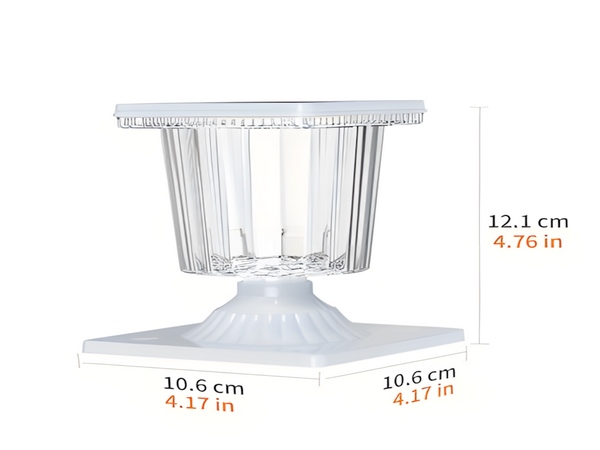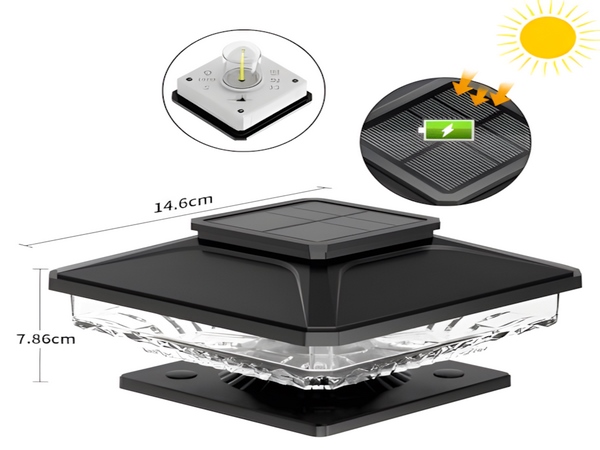

This July, the northern and southern regions have experienced intense heat waves, with some areas feeling temperatures as high as 50℃. Investigations show that the intensity and extent of these high temperatures are at their peak, with many places exceeding 40℃. Such elevated temperatures have caused significant discomfort for everyone, while it’s also the perfect time for residents utilizing
solar photovoltaic panels, as these panels can help reduce temperatures.

In some areas, the heat has reached up to 40℃, prompting some individuals to collect a series of real-time data despite the sweltering conditions. It is important to note that the data was recorded using infrared thermometers. Due to the surface color of the measured objects, slight temperature discrepancies may occur, yet it generally reflects the overall surface temperature for reference.
At noon, under the high temperature of 40℃, rooftop temperatures have soared to 68.5℃ (sufficient to fry an egg).
1. Temperature of photovoltaic module surfaces: Since photovoltaic modules convert solar energy into electrical energy, the surface temperature of these modules only reaches 57.5℃, which is 11℃ lower than the roof temperature.
2. Temperature at the back of the photovoltaic module: During the process of converting solar energy into electricity, photovoltaic cells generate heat. Additionally, due to being installed on rooftops with poor ventilation on the backs, these modules’ back temperature can reach 63℃, still 5.5℃ lower than the roof temperature.
3. Temperature of the roof beneath the photovoltaic module: The temperature of the part of the roof underneath the photovoltaic module, which is not directly exposed to sunlight, reaches 48℃, making it a full 20.5℃ cooler than uncovered parts of the roof! It can be seen that photovoltaic modules utilize solar energy and reduce heating on the top roof, thus indirectly reducing the temperature of the upper rooms.
Residents who have installed solar photovoltaic systems report that since the installation, the temperature in their top-floor rooms has dropped by approximately 6℃ during hot weather. Using photovoltaic energy not only saves on electricity from the grid but also reduces air conditioning energy use, achieving double energy-saving benefits!
During this peak summer season, many are discussing where to find relief from the heat. However, villagers from Zhangjia Village in Dayan Town, Fenghua City, claim that this summer seems cooler than previous years. How is this possible?
Zhangjia Village consists of over 100 households, with distinct three-story buildings located at the bridgehead. The first floor serves as the kitchen and living area while the second and third floors are used for accommodation. The top level features cement prefabricated slabs with clutter stored above, with tiles placed on top.
When summer comes, direct sunlight on this half-floor can turn it into a ‘steamer’, directly affecting the heat in the third-floor rooms. However, this year, roofing installations of photovoltaic panels have made the third floor noticeably cooler.
The roofing tiles experience exposure to the elements; thus, the installation of residential solar photovoltaic systems serves to protect roofs to some extent. The cooling effect and roof protection provided by photovoltaic systems are merely side benefits, while the primary function is to generate electricity by converting solar energy into electrical energy.
It is anticipated that once most homes in Zhangjia Village have photovoltaic panels installed, the solar energy project will officially commence. At that point, the village can produce 250,000 kWh of electricity annually, while the villagers’ total electricity consumption only amounts to 100,000 kWh. Villagers will benefit from free electricity, with any surplus becoming economic income for the village.
The project’s coordinator, Feng Delin, announced plans for the solar photovoltaic power station to officially operate in September, and the village’s appearance will also undergo a significant transformation.
Installing photovoltaic power products in homes is not only energy-efficient and environmentally friendly, but it also saves electricity and generates income. During hot weather, it can provide a refreshing coolness. With numerous supportive policies from the national to local levels, residents are encouraged to check if their roofs can accommodate such installations.
Bitpott’s solar photovoltaic manufacturers specialize in researching, developing, and selling residential/off-grid/on-grid solar photovoltaic power generation equipment and designing home solar power systems. If you are interested in learning more about or purchasing photovoltaic solar panels, please check our online customer service.



